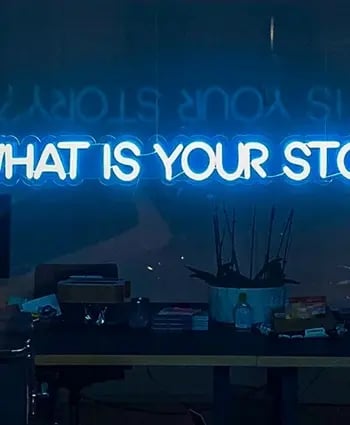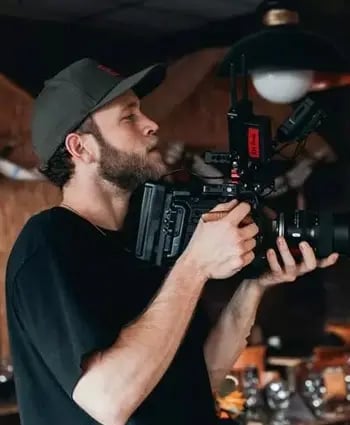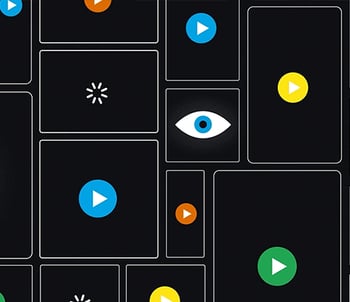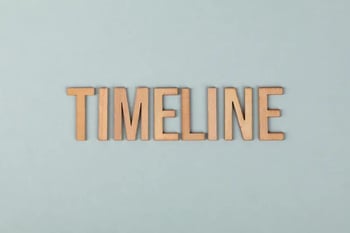Types of Animation Styles and Their Uses
Explore diverse animation styles, from traditional to hyper-realistic 3D. Uncover their essence and applications.
Animation is an art form that's been with us for over a century, evolving from rudimentary sketches to the hyper-realistic graphics we see today. With technological advancements, a world once dominated by hand-drawn characters has blossomed into a vast field with myriad styles and applications. If you're an aspiring animator, a business owner, or just a film aficionado, understanding the rich tapestry of animation styles can offer valuable insights. Let's embark on a journey through the annals of animation and discover the distinct essence and application of each style.
1. Traditional Animation (Cel Animation)
Origins: Pioneered in the early 20th century, traditional animation involves a painstaking process of hand-drawing individual frames. Each frame represents a movement, and when played in succession, they create the illusion of motion. This method was the backbone of animation studios for decades.
Uses: Early Disney and Warner Brothers films epitomise this style. Movies such as "Beauty and the Beast" and "The Lion King" are perfect examples of the elegance and timelessness of cel animation. This form, while more labour-intensive than its digital counterparts, offers an unparalleled charm and authenticity, making it a favoured choice for filmmakers who value artisanal craftsmanship.
2. 2D Animation (Vector-based Animation)
Origins: With the digital revolution, 2D animation transitioned from paper to computer screens. This method allows animators to create characters and sequences in a two-dimensional environment, offering more flexibility and efficiency than traditional animation.
Uses: Owing to its adaptability, 2D animation has seen a broad spectrum of applications. From Saturday morning cartoons to sophisticated advertisements and web animations, this style has a ubiquitous presence in our daily visual consumption.
3. 3D Animation
Origins: The rise of advanced software like Maya and Blender propelled animation into three-dimensional space. By creating detailed models and placing them in a virtual environment, animators can achieve depth, making characters and scenes pop out and appear life-like.
Uses: Pixar's groundbreaking film "Toy Story" ushered in the era of 3D animation. From cinematic blockbusters to immersive video games, this style has fundamentally altered our entertainment landscape.
4. Stop Motion
Origins: Stop-motion has an old-world charm. By manipulating real-world objects and photographing them frame by frame, animators create an illusion of movement.
Uses: The painstaking effort behind stop motion lends a palpable, tactile essence to films. Aardman's "Wallace & Gromit" series or Tim Burton's "Corpse Bride" beautifully showcases the magic of this method.
5. Motion Graphics
Origins: This form emerged from the intersection of animation and graphic design. It revolves around the animated representation of text and logos.
Uses: Its application is widespread in the commercial sector, from infomercials and advertisements to compelling title sequences in films and TV series.
6. Whiteboard Animation
Origins: Whiteboard animations simulate a drawing process, often appearing as though an unseen hand sketches out a scene on a whiteboard in real-time.
Uses: Its educational slant makes it perfect for corporate presentations, instructional videos, and content that seeks to break down complex concepts into digestible visuals.
7. Rotoscoping
Origins: Rotoscoping is an age-old technique, where animators trace over live-action film footage, capturing the nuances of human movement.
Uses: Musicians and filmmakers often employ rotoscoping to create a surreal blend of reality and fantasy. Music videos or films that wish to merge real actors with animated environments can tap into the potential of this technique.
8. Claymation
Origins: A beloved subset of stop motion, claymation brings clay sculptures to life by photographing their minutely adjusted poses.
Uses: This method has a whimsical appeal, making it apt for children's shows, quirky advertisements, and films that thrive on its playful aesthetic.
9. Typography Animation
Origins: By infusing motion into text, typography animation amplifies the emotion and rhythm of words.
Uses: Lyric videos, advertisements, or presentation intros - anywhere there's a need to accentuate text, typography animation shines.
10. Cutout Animation
Origins: An old-school technique, it involved moving paper cutouts under a camera. Today, digital tools have adopted this style, offering more versatility.
Uses: Its raw aesthetic makes it a favoured choice for indie films and music videos. Those seeking a nostalgic or distinct visual palette often gravitate towards this form.
Wrapping up
The multifaceted world of animation offers more than just entertainment; it's a testament to human creativity and technological progress. Whether we're watching a classic Disney film, an engaging advert, or a gripping video game sequence, animation styles play an instrumental role in shaping our experience.
With such a wide variety to choose from, businesses and creators can select the style that best aligns with their message, ensuring their content not only captivates but also resonates with their audience.

Written by Emily Malone Marketing Manager for Venture — a full-service video production agency that specialises in producing creative videos & campaigns that get real results.











